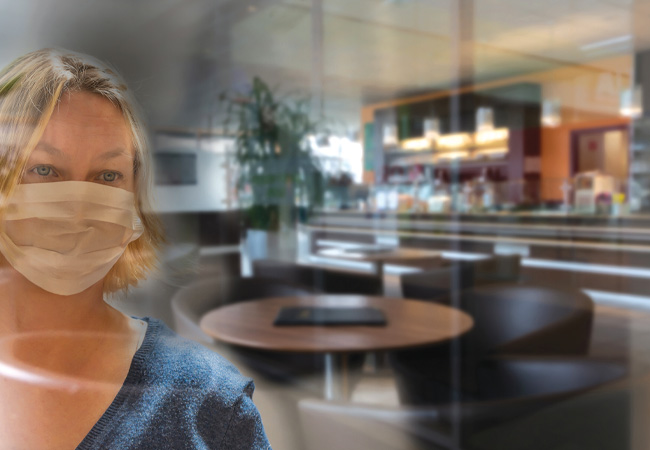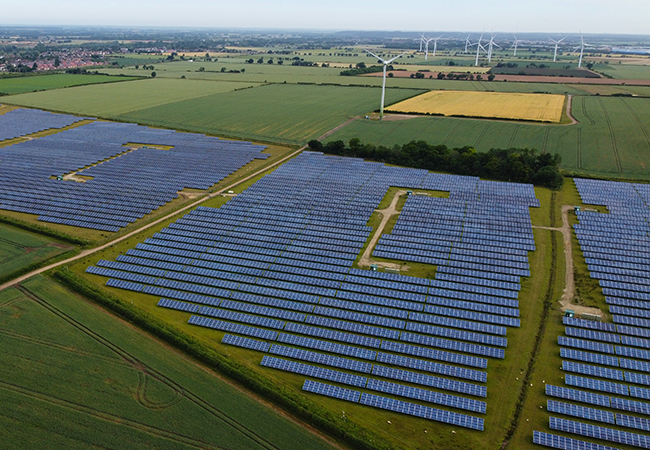
The document reflects the onset of cooler conditions in the UK and includes additional guidance on the use of natural ventilation openings, recirculation and thermal wheels.
It says that colder conditions could bring thermal discomfort for occupants, who may block off ventilation and increase the risk of airborne viral transmission. While recommending that recirculation dampers be closed whenever possible, the guide accepts that, in colder weather, this could lead to unsatisfactory temperature conditions and a subsequent decrease in supply air.
It says recirculation of air in systems can be used if this is the only way of maintaining adequate levels of outside air to occupied spaces without causing ‘undue occupant thermal discomfort’.
In naturally ventilated spaces, it warns against closing openings fully. It says that, in colder months, the natural forces that drive air through openings are greater, so they do not need to be opened as wide. It recommends that just opening high-level vents can enable more mixing of outside air with indoor air, creating more comfortable temperatures for those in the occupied zone
There is a new section addressing the potential use of UV and safety considerations. Ultraviolet germicidal irradiation (UVGI) – a disinfection method that uses short-wavelength ultraviolet C light to kill or inactivate microorganisms – could help mitigate the spread of diseases caused by aerosols.
The guide says UV disinfection may be a viable solution to reducing levels of active viral material in spaces where it is difficult to provide good ventilation. However, it warns that some UV technologies can be hazardous to health if applied or operated incorrectly.
A summary of the ventilation guide and more information on UV technology is available.
The guide is available on the CIBSE website.

